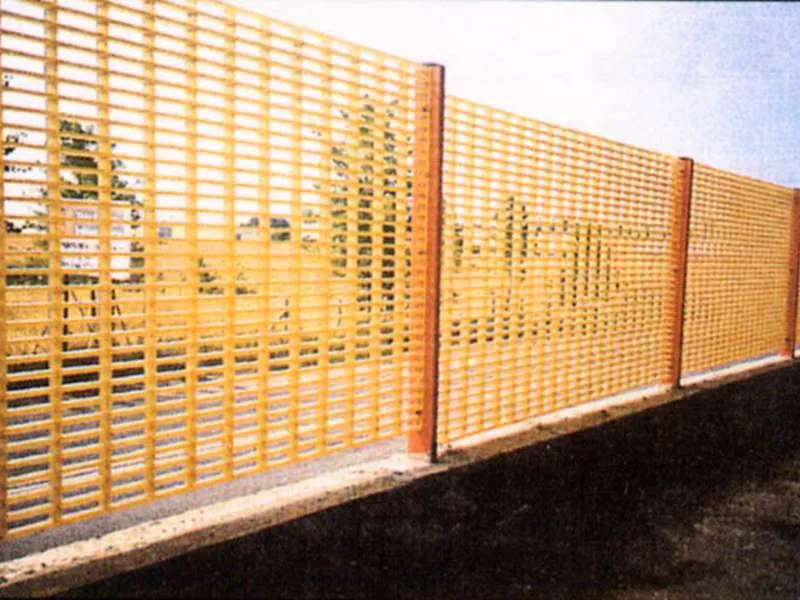
-
 Afrikaans
Afrikaans -
 Albanian
Albanian -
 Amharic
Amharic -
 Arabic
Arabic -
 Armenian
Armenian -
 Azerbaijani
Azerbaijani -
 Basque
Basque -
 Belarusian
Belarusian -
 Bengali
Bengali -
 Bosnian
Bosnian -
 Bulgarian
Bulgarian -
 Catalan
Catalan -
 Cebuano
Cebuano -
 China
China -
 China (Taiwan)
China (Taiwan) -
 Corsican
Corsican -
 Croatian
Croatian -
 Czech
Czech -
 Danish
Danish -
 Dutch
Dutch -
 English
English -
 Esperanto
Esperanto -
 Estonian
Estonian -
 Finnish
Finnish -
 French
French -
 Frisian
Frisian -
 Galician
Galician -
 Georgian
Georgian -
 German
German -
 Greek
Greek -
 Gujarati
Gujarati -
 Haitian Creole
Haitian Creole -
 hausa
hausa -
 hawaiian
hawaiian -
 Hebrew
Hebrew -
 Hindi
Hindi -
 Miao
Miao -
 Hungarian
Hungarian -
 Icelandic
Icelandic -
 igbo
igbo -
 Indonesian
Indonesian -
 irish
irish -
 Italian
Italian -
 Japanese
Japanese -
 Javanese
Javanese -
 Kannada
Kannada -
 kazakh
kazakh -
 Khmer
Khmer -
 Rwandese
Rwandese -
 Korean
Korean -
 Kurdish
Kurdish -
 Kyrgyz
Kyrgyz -
 Lao
Lao -
 Latin
Latin -
 Latvian
Latvian -
 Lithuanian
Lithuanian -
 Luxembourgish
Luxembourgish -
 Macedonian
Macedonian -
 Malgashi
Malgashi -
 Malay
Malay -
 Malayalam
Malayalam -
 Maltese
Maltese -
 Maori
Maori -
 Marathi
Marathi -
 Mongolian
Mongolian -
 Myanmar
Myanmar -
 Nepali
Nepali -
 Norwegian
Norwegian -
 Norwegian
Norwegian -
 Occitan
Occitan -
 Pashto
Pashto -
 Persian
Persian -
 Polish
Polish -
 Portuguese
Portuguese -
 Punjabi
Punjabi -
 Romanian
Romanian -
 Russian
Russian -
 Samoan
Samoan -
 Scottish Gaelic
Scottish Gaelic -
 Serbian
Serbian -
 Sesotho
Sesotho -
 Shona
Shona -
 Sindhi
Sindhi -
 Sinhala
Sinhala -
 Slovak
Slovak -
 Slovenian
Slovenian -
 Somali
Somali -
 Spanish
Spanish -
 Sundanese
Sundanese -
 Swahili
Swahili -
 Swedish
Swedish -
 Tagalog
Tagalog -
 Tajik
Tajik -
 Tamil
Tamil -
 Tatar
Tatar -
 Telugu
Telugu -
 Thai
Thai -
 Turkish
Turkish -
 Turkmen
Turkmen -
 Ukrainian
Ukrainian -
 Urdu
Urdu -
 Uighur
Uighur -
 Uzbek
Uzbek -
 Vietnamese
Vietnamese -
 Welsh
Welsh -
 Bantu
Bantu -
 Yiddish
Yiddish -
 Yoruba
Yoruba -
 Zulu
Zulu
A Detailed Overview of Chemical Products for FRP Applications and Their Uses
Chemical Products for FRP Applications A Comprehensive Guide
Fiber Reinforced Polymer (FRP) composites have gained significant popularity across various industries due to their exceptional mechanical properties, lightweight nature, and corrosion resistance. As the demand for FRP applications grows, so does the variety of chemical products designed to enhance their performance and longevity. This article aims to provide a comprehensive overview of the chemical products commonly used in FRP applications.
1. Resins
At the heart of any FRP composite is the resin, which serves as the matrix that binds the reinforcing fibers together. The main types of resins used in FRP applications include
- Polyester Resin Cost-effective and widely used in various applications, including marine, automotive, and construction. It offers good mechanical properties and is relatively easy to work with.
- Vinyl Ester Resin Known for its superior chemical resistance and mechanical strength compared to polyester. It is often used in chemical processing plants and other demanding environments.
- Epoxy Resin Provides excellent adhesion, structural integrity, and thermal stability. Epoxy resins are commonly used in aerospace and high-performance applications due to their outstanding performance characteristics.
2. Reinforcing Fibers
The choice of reinforcing fibers significantly impacts the performance of FRP composites. Common fibers include
- Glass Fibers The most widely used reinforcement in FRP applications, glass fibers offer good tensile strength and are relatively inexpensive.
- Carbon Fibers Known for their high strength-to-weight ratio and stiffness, carbon fibers are used in applications requiring lightweight and strong materials, such as aerospace and automotive components.
- Aramid Fibers These fibers provide excellent impact resistance and are commonly used in protective gear and high-performance applications.
To improve the properties of FRP composites, various additives and fillers can be incorporated into the resin system
chemical products for frp applications a comprehensive guide ...

- Fillers Materials such as calcium carbonate or silica are added to enhance the mechanical properties, reduce costs, and improve the thermal stability of the composite.
- Flame Retardants These chemical additives are crucial in industries where fire safety is paramount, helping to reduce the flammability of the final product.
- Plasticizers These additives are used to increase the flexibility and workability of the resin mixture, allowing for easier processing.
4. Curing Agents and Accelerators
Curing agents (hardeners) are essential for the polymerization of resins, transforming them from a liquid state to a solid composite. Common curing agents include
- Methyl Ethyl Ketone Peroxide (MEKP) A common catalyst for polyester resins that initiates the curing process.
- Amines Often used as hardeners for epoxy resins, amines can be modified to speed up or slow down the curing process depending on application requirements.
5. Surface Treatments and Coatings
Surface treatments and coatings play a critical role in enhancing the durability and aesthetic qualities of FRP composites. Options include
- Gel Coats These provide a smooth finish and improved resistance to UV and environmental degradation, commonly used in marine and architectural applications.
- Protective Coatings Various epoxy or polyurethane-based coatings are available to provide additional protection against chemicals, abrasion, and moisture.
Conclusion
The selection of appropriate chemical products is crucial for optimizing the performance and longevity of FRP composites. Resins, reinforcing fibers, additives, curing agents, and protective coatings all contribute to the final product's functionality and durability. As technology advances and the demand for FRP applications continues to rise, the development of new chemical products tailored for specific applications will likely play a vital role in shaping the future of composite materials. Understanding the characteristics and applications of these chemical products is fundamental for professionals working in this dynamic field, ensuring that they make informed choices for their projects.









